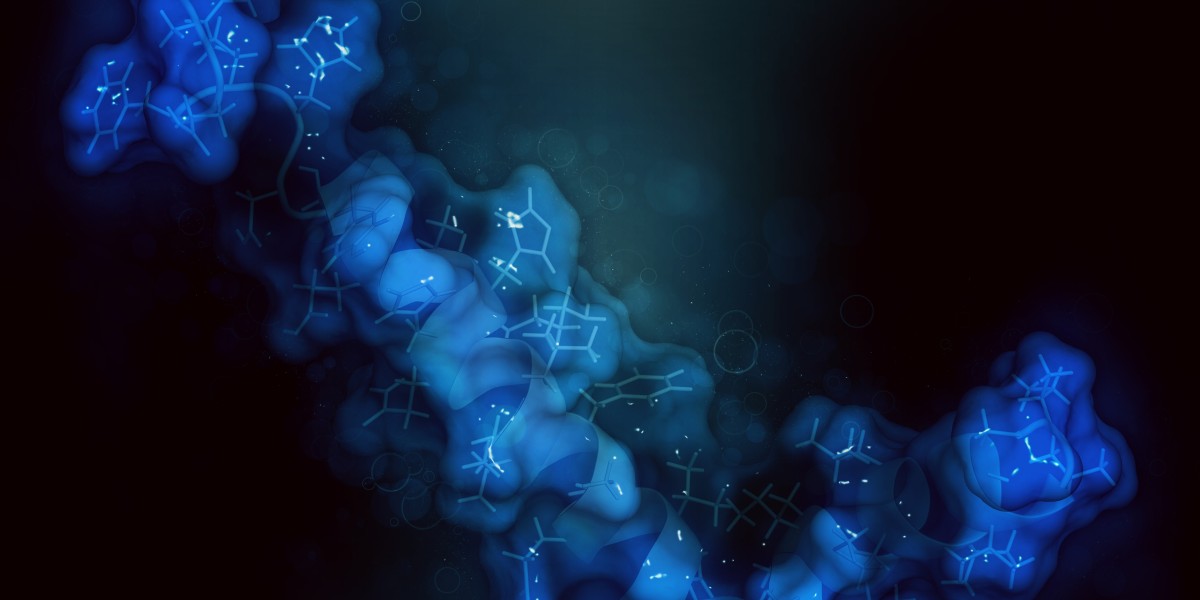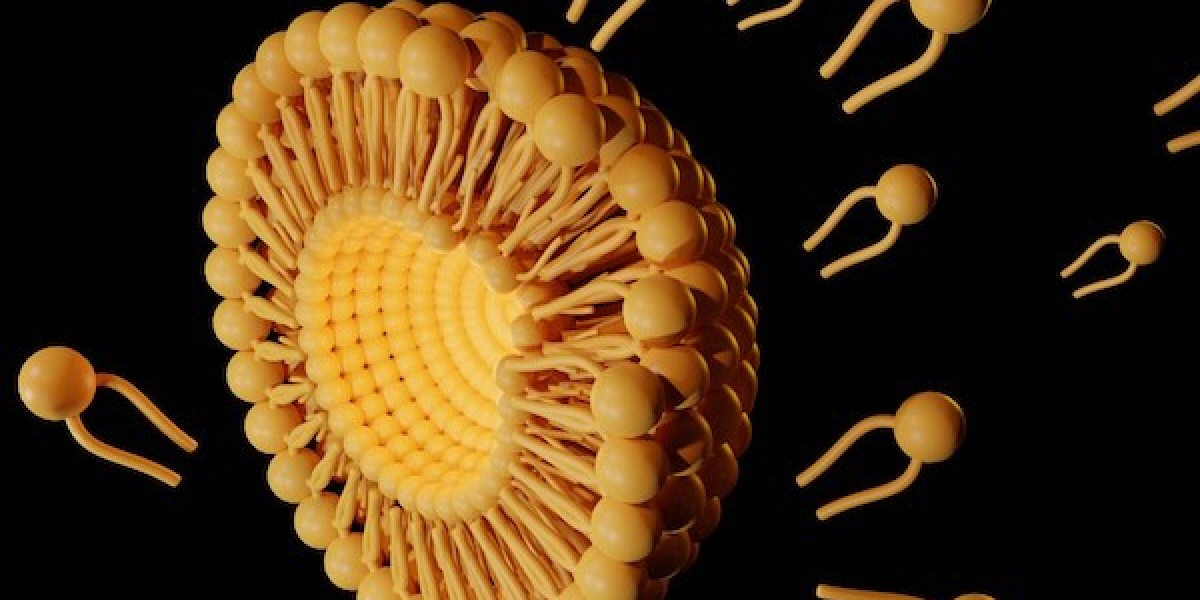Nuclear receptors (NRs) are a class of proteins responsible for thyroid hormones and sensing steroid and certain other molecules. There are 48 genes in the human genome that code for the NRs. As the largest family of eukaryotic transcription factors, NRs control numerous processes involved in development, cell cycle, and important metabolic pathways. Generally, they activate the transcription of sets of genes in response to the binding of cognate ligands, usually small lipophilic molecules (steroids, vitamins, and fatty acid derivatives). Like many receptors, ligand binding induces a conformational change in the receptor, but unique to nuclear receptors is their ability to up- or down-regulate gene expression. This ability makes nuclear receptors interesting therapeutic and liability targets.
Through understanding which diseases, networks and pathways each NR participates, it is easier to anticipate the consequences of regulation of unintended targets by a compound of interest. Creative Bioarray provides a comprehensive list of robust, optimized and selective whole-cell NR assays, ideally suited for examining selectivity and potential drug-drug interactions. Measurements of ligand binding activity, NRs translocation, and NR-coregulator interaction are included to characterize the selectivity and potential off-target events.
Overview of Our Nuclear Receptor Screening & Profiling
- A comprehensive panel of functional NR assays – A comprehensive panel of multiple NR protein-interaction assays to measure steroid cofactor recruitment to the NR being tested.
- A flexible approach to personalized screening – Select from our collection of 31 NR assays to create a customized assay panel of any size using only of NHRs relevant to your programs.
- The quantitative binding affinity of compound-NR interactions – Quantitative affinity measurement against any NR assay (10-point dose-response curve, performed in duplicate). Measurements are made under optimized conditions and can be determined for any NR/compound combination.
- Multiple functional readouts for the same receptor – Study compound action by comparing pharmacology of the same NR target using protein interaction and translocation readouts.



